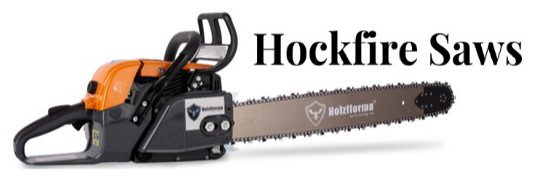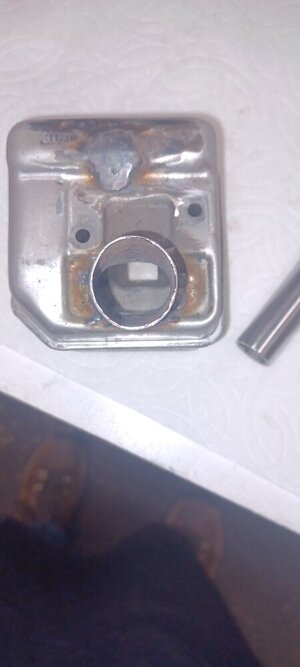@MustangMike, what you were saying in the Muffler Mods thread is definitely worth thinking about. I quoted you below for a little context.
A properly ported saw will usually create power at higher RPMS and will need a less restrictive exhaust ... it is about matching components.
Piped saws will create the most power, but they have a "chamber" and smaller outlet, it is all about experimenting to create the correct pulse that matches the saws porting. I believe it was TM who once stated that if the unburnt air/fuel comes out of the saw before ignition, you lose power, hence the importance of a pulse instead of just a flow, but it has to match your saw and different porting styles can produce different results.
I talked to someone who built competitive piped saws (Bret), and they do a lot of experimenting with the saw to determine what works best. He competed in a lot of events in upstate NY.
A 2 cycle is a lot different than an engine with valves.
So there are two things here to discuss: expansion chamber pipe saws and the general principle of exhaust back pressure as applied to can-style mufflers. I’m just saying how I think about it. Feel free to rip my ideas to shreds. The whole point is learning and improving.
Truth be told, I have no experience with expansion chambers. But I think I understand the principle. They use a reflected sound wave to back stuff the exhaust port. The angle of cone, volume and distance of the chamber determine when in the timing cycle the back pressure occurs (and how powerful). The porting recipe of the cylinder determines how much fresh charge is available in the chamber to backstuff. If only expansion pipes were smaller, all saws would have them and power-to-weight ratios would be much better off the sales shelf.
With a traditional can muffler, there is no back stuffing, just resistance to continued outflow. While I see how that will affect fuel economy, I don’t see it as necessary for creating power. A strong scavenge loop that clears the cylinder of burnt gas
and the chamber achieving proper compression are what determine power output.
Resistance building in the muffler can help boost compression by reducing exhaust exit as the port closes, which will begin the chamber compression earlier. But we can reduce chamber size to set compression higher than can be achieved with muffler resistance. Further, starting the chamber compression earlier (by using back pressure in the muffler while the exhaust port is open) creates drag on the piston stroke earlier in the cycle and holds back RPM.
So as I see it, a can muffler should achieve a neutral amount of pressure just as the exhaust port closes. That will achieve the optimum amount of fuel in the combustion chamber, the least resistance to the piston stroke, and the best power creation from the fuel consumed.










